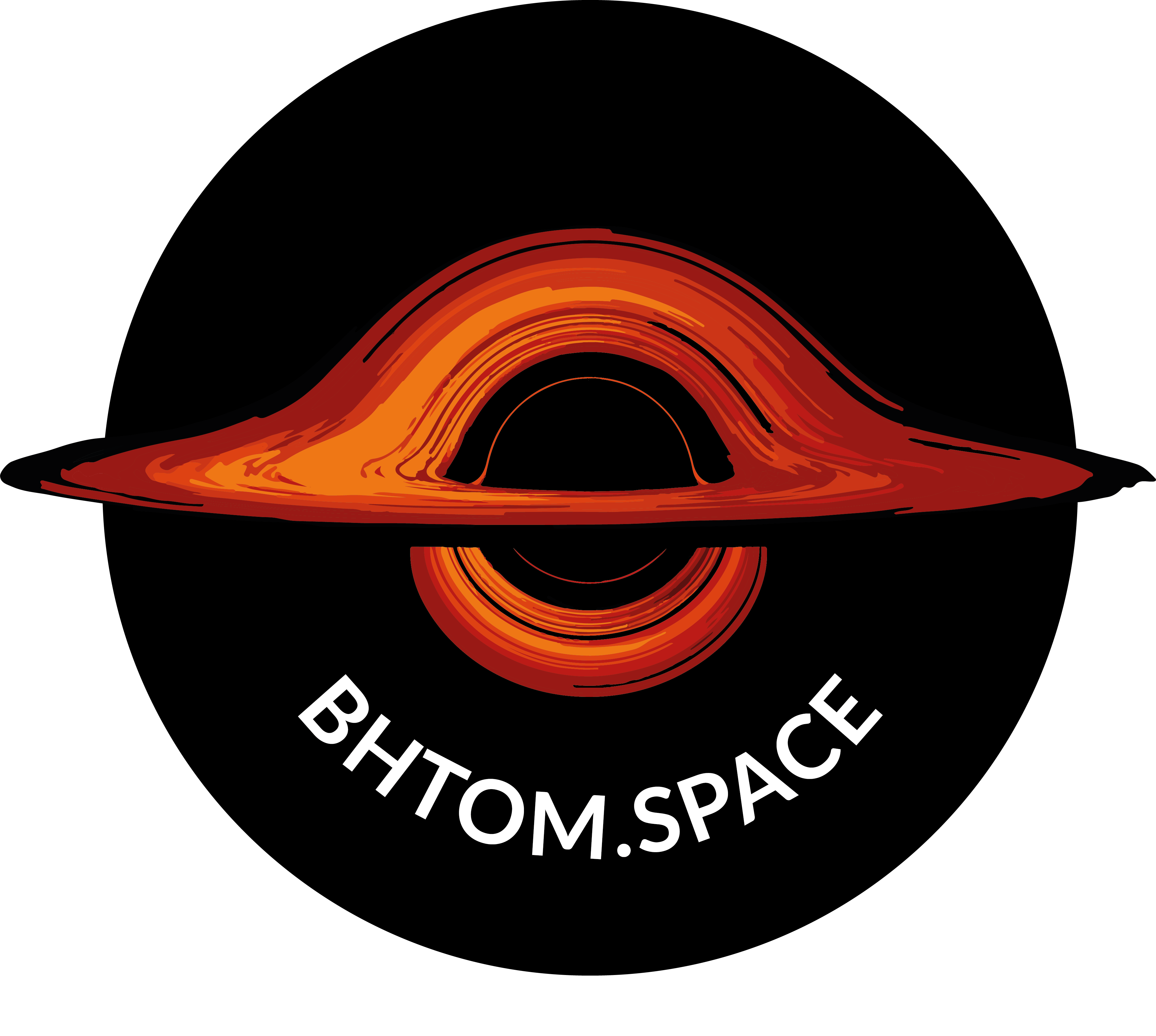Centre of Expertise — Optical & Near-infrared
The Optical and Near-Infrared (OPT/NIR) domain plays a central role in time-domain and multi-messenger astrophysics. Observations in these bands allow for the detection, classification, and monitoring of a wide range of transient phenomena, including supernovae, microlensing events, tidal disruption events, cataclysmic variables, and electromagnetic counterparts to gravitational wave detections. The challenge in this field lies not only in the timely detection of such phenomena, but also in coordinating a distributed observational response and processing the large volumes of data they produce. Efficient automation, scheduling, and processing of photometric observations from a global telescope network are therefore crucial.
In the context of ACME, the Joint Centre of Expertise for Optical and Near-Infrared (JCE-OPT/NIR) brings together partners with complementary strengths in instrumentation, data management, and transient coordination. INAF and NCBJ, as key partners, provide their expertises for several aspects. In particular, NCBJ provides its experience for the development and operation of BHTOM (Black Hole Target Observation Manager) – a system designed to automate, manage, and analyse photometric observations of astrophysical transients from a large, heterogeneous global telescope network. In addition, researchers of INAF play a pivotal role in multimessenger research and have leading roles in a large number of National and International Observatories providing valuable expertise on carrying out follow-up observational campaigns and data analysis in the OPT/NIR domain.
List of nodes
INAF
The Italian National Institute for Astrophysics (INAF) is responsible for promoting, organizing, coordinating and conducting research activities in the field of astrophysics in Italy, covering a wide range of astrophysical fields, including cosmology, astroparticle...
List of instruments and experiments
BHTOM
BHTOM is a cutting-edge research infrastructure, part of the ACME grant, revolutionising time-domain astronomy. It connects a global network of over 120 optical telescopes—ranging from 0.25 to 2.5 meters in aperture—including professional facilities, amateur setups,...
TNG – LBT – VLT Telescope
With access to a network of optical and near-infrared (OPT/NIR) telescopes (from small to very large apertures) for follow-up observations, INAF researchers within ACME are well-positioned to share their proven expertise and offer support to the community in...
List of provided expertises
For any support related to the expertise mentioned below, please register on the Virtual Access platform and submit a ticket to directly engage with an expert.
-
Expertise in the automation of photometric data pipelines
-
Management of a network of over 130 telescopes worldwide
-
Real-time ingestion of transient alerts
-
Automated processing of FITS images: data reduction of photometric and spectroscopic data of astrophysical transients
-
Analysis/interpretation/modeling of photometric and spectroscopic emission of astrophysical transients
-
Spectroscopic classification of astrophysical transients (in particular with LBT and VLT telescopes)
-
Development and operation of BHTOM: a global coordination system for time-domain observations
-
Production and dissemination of science-ready multi-band light curves
-
Integration with virtual observatory protocols and ACME data infrastructure
-
Long-standing experience in optical time-domain science: microlensing, gamma-ray bursts, supernovae, cataclysmic variables.
List of tools
For any support related to the tools mentioned below, please register on the Virtual Access platform and submit a ticket to directly engage with an expert.



